“What is the best way to study the brain? Big labs or small?”


Looks pretty sweet, although maybe make it look more like a surf board.
With Arca Space’s hoverboard prototype the world has finally came closer to inventing a somewhat flying “board” capable of lifting a person above any type of ground and transporting them over “distances.”
This week on the GeekWire radio show and podcast, we’re joined by Alan Boyle, GeekWire’s aerospace and science editor, who catches us up on the biggest news from space this year, literally putting the universe in perspective. We also look ahead to 2016 and bring things closer to Earth with an explanation of the FAA’s new registration requirements for that recreational drone under your tree for the holidays.
Listen to an extended version of the show below, and continue reading for an edited transcript. Download the MP3 here. And if you love space and science news, be sure to sign up for GeekWire’s weekly Space & Science newsletter, featuring Alan’s coverage.
Todd Bishop: If you were to characterize the overall amount of news from space this year, as compared to years past, was it a busy news year in space?
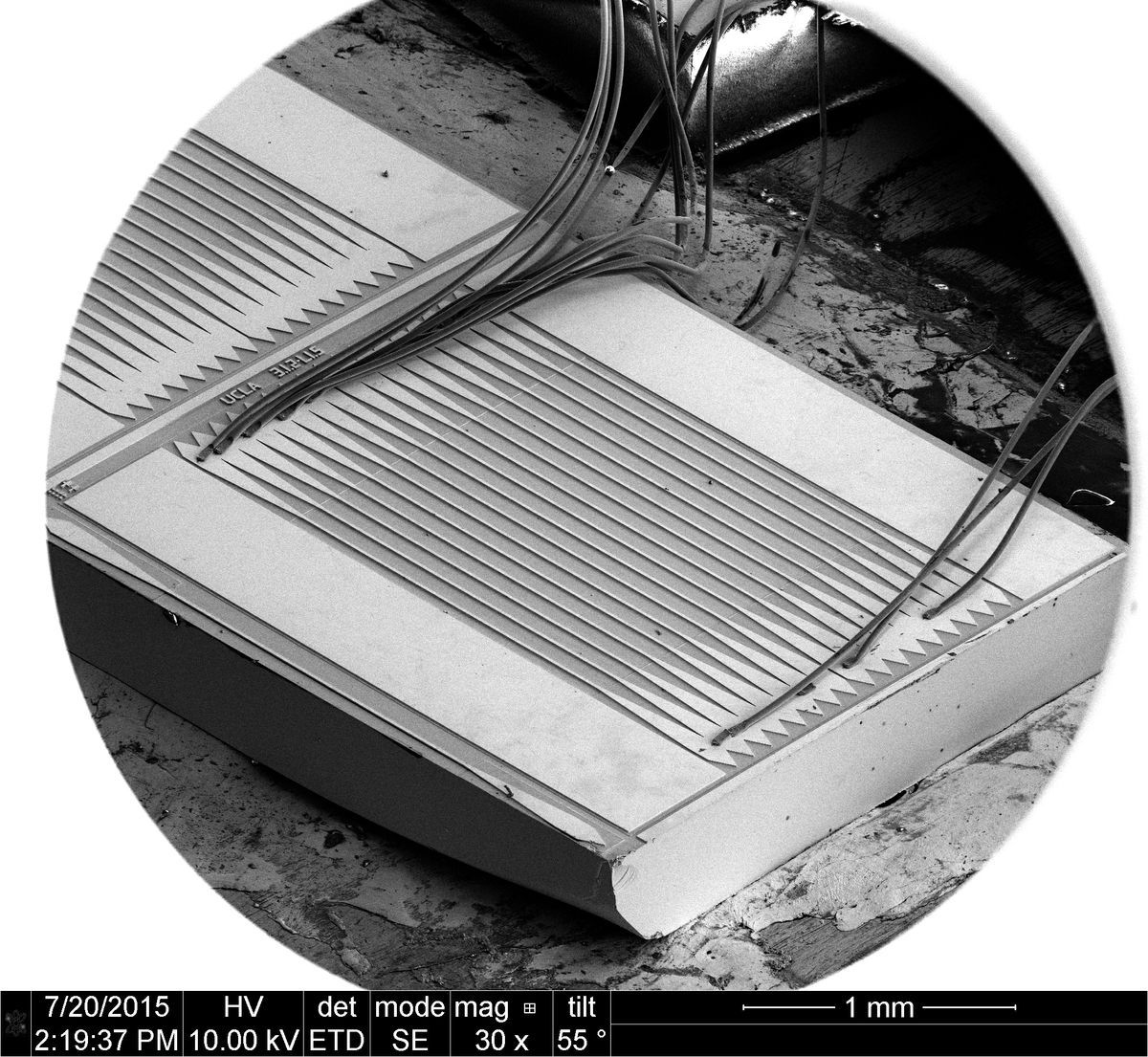
Researchers at the UCLA Henry Samueli School of Engineering and Applied Science have identified a new way to make a semiconductor laser that operates at terahertz frequencies. The breakthrough could lead to development of a new class of high-quality, powerful lasers for use in space exploration, military and law enforcement efforts and other applications.
The terahertz range of frequencies occupies the space on the electromagnetic spectrum between microwave and infrared. Terahertz waves can be used to analyze plastics, clothing, semiconductors and works of art without damaging the materials being examined; for chemical sensing and identification; and to investigate the formation of stars and composition of planetary atmospheres.
Researchers led by Benjamin Williams, a UCLA associate professor of electrical engineering, have created the first vertical-external-cavity surface-emitting laser, or VECSEL, that operates in the terahertz range. VECSELs that use visible light have been used extensively to generate high-powered beams, but the technique has not previously been adapted for terahertz frequencies.
Self-driving cars could mean a lot of free time for drivers.
We won’t have to drive soon, so what’re we going to do in cars? Nissan has an answer: http://voc.tv/1P6L9zh
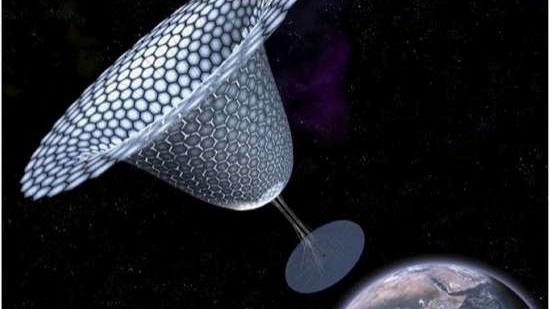
In the third century BCE, King Hiero II of Syracuse asked Archimedes to devise a number of death traps to thwart Roman invaders. Among the many designs the great inventor drew up was a solar death ray. The basic idea was to build an array of mirrors that could reflect rays of light into a central blast, causing Roman ships to burst into flame. It’s unlikely the weapon ever made it past the blueprint stage, but it became an incredibly influential model nonetheless. Archimedes was perhaps the first solar power convert, searching for a way to take advantage of the inconceivable amount of energy our friendly neighborhood star barfs up every second.
The only thing that would make Archimedes’ solar death ray more fascinating is if it was technically feasible, socially benevolent, and in space. That’s where John Mankins comes in. A NASA veteran, aerospace entrepreneur, and space-based solar power (SBSP) expert, Mankins designed the world’s first practical orbital solar plant. It’s called the Solar Power Satellite via Arbitrarily Large PHased Array, or SPS-ALPHA for short. If all goes to plan, it could be launched as early as 2025, which is sooner than it sounds when it comes to space-based solar power timelines.
Scientists have been aware of the edge the “space-down” approach holds over terrestrial panels for decades. An orbiting plant would be unaffected by weather, atmospheric filtering of light, and the sun’s inconvenient habit of setting every evening. SBSP also has the potential to dramatically increase the availability of renewable energy.
Specifications:
Performance Power output: 1088 hp Torque: 1600 Nm from 0 to 6500 rpm Acceleration: 0–100 km/h (0−62 mph) 2,8 seconds Range: up to 600 km (realistic range — 500 km) Braking distance: 31.5m (100−0 km/h) Lateral g-force: 1.4 g Efficiency: 140–550 Wh/km 40 kW on-board charging 100 kW fast DC-charging Weight-to-power ratio: 1.79 kg/hp Weight distribution: 42% front, 58% rear
Dimensions Total length: 4548 mm Total width: 1997 mm Total height: 1198 mm Ground clearance: Rear: 115 mm, Front: 105 mm Wheelbase: 2750 mm. Dry weight: 1950 kg
Battery-Pack Lithium-Iron-Phosphate (LiFePO4) chemistry Configuration: 1400 cells — 200 series, 7 parallel Voltage: 650V nominal Capacity: 91 kWh Cooling: Freon (gas) with high-voltage heat pumps Milled aluminum and sheet aluminum housing Rimac Automobili Active Battery and Thermal Management Systems Several layers of redundant safety and protection systems.
Chassis Carbon fibre monocoque with integrated battery-pack Carbon fibre sub-frames (front and rear) Carbon fibre crash structure Front and rear suspension: Double wishbones, fully adjustable, pushrod operated. Electronically adjustable ride height. Fully machined aluminum uprights and wishbones.
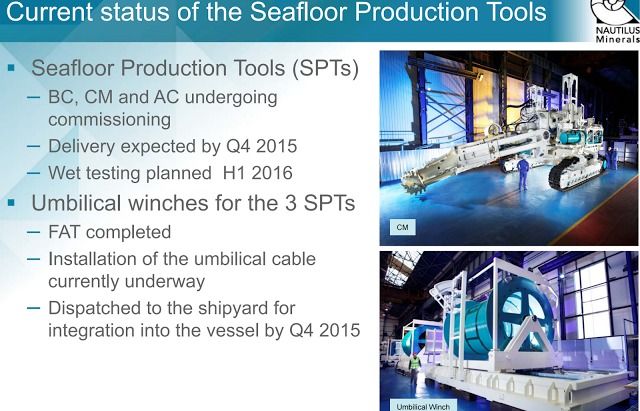
Nextbigfuture wrote about Nautilus Minerals several times since 2010. Nautilus Minerals is the first company to commercially explore the seafloor for massive sulphide systems, a potential source of high grade copper, gold, zinc and silver. Nautilus is developing a production system using existing technologies adapted from the offshore oil and gas industry, dredging and mining industries to enable the extraction of these high grade Seafloor Massive Sulphide (SMS) systems on a commercial scale.
Nautilus’ copper-gold project, Solwara 1, is under development in the territorial waters of Papua New Guinea.
Here is an update based on a presentation on August 2015.
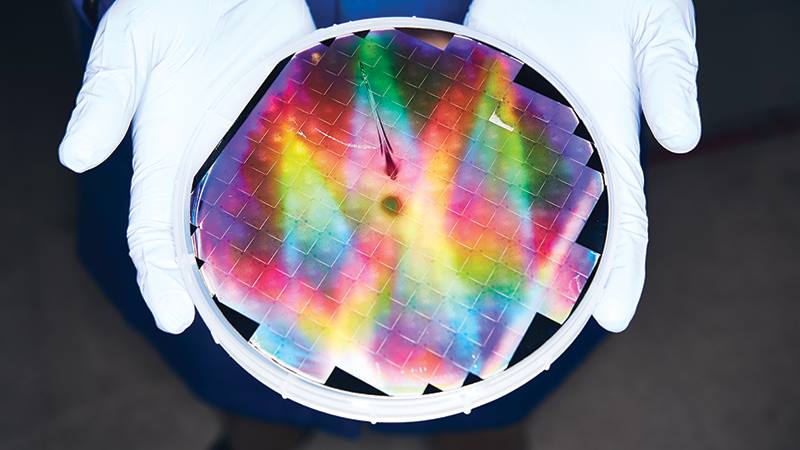
A nanomaterials chemist has figured out a good way to mimic leaves and turn water and carbon dioxide into things we need.
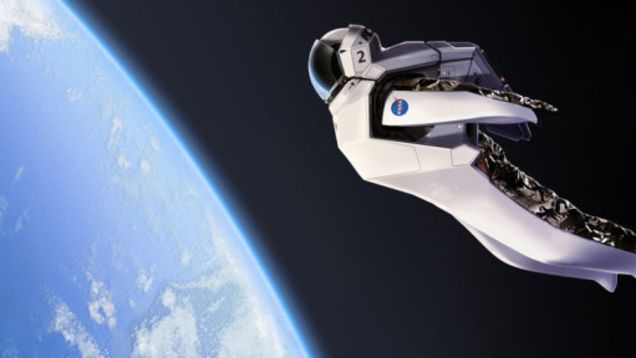
Space diving like Commander Shepard or Master Chief. Theoretical, obviously.
Just imagine the experience of a lifetime: Jumping from low Earth orbit, your world turns into fire as the acceleration increases…